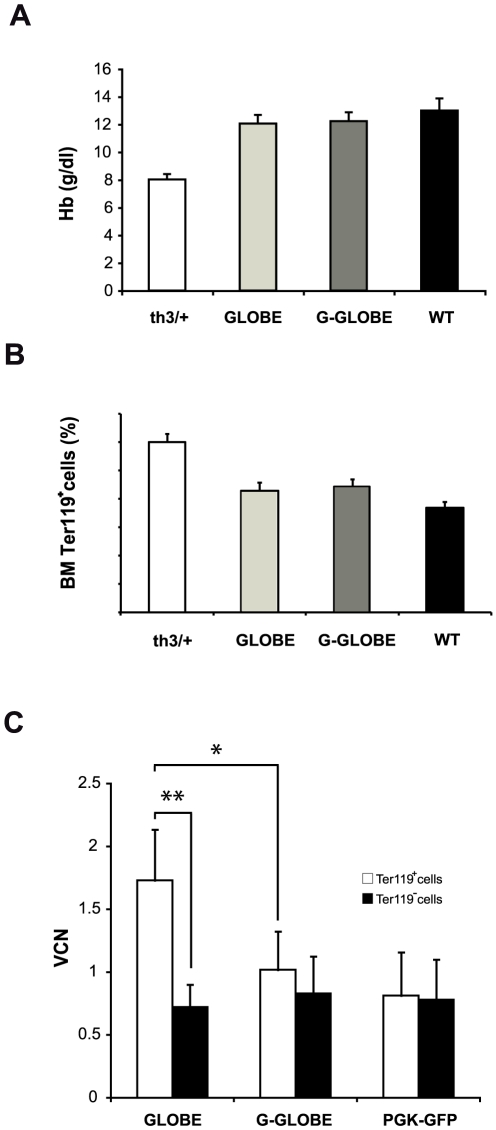Figure 4. A low G-GLOBE vector copy number is sufficient to correct of the murine thalassemic phenotype.
(A) Hb concentration in peripheral blood of mice transplanted with mock-transduced th3/+ (white column; n = 8), normal (WT; black column; n = 9) and GLOBE- (GLOBE; light gray column; n = 8) and G-GLOBE (G-GLOBE; dark gray column; n = 8) transduced BM th3/+ cells. Values represent the mean and SEM for each group of animals. Hb levels were not significantly different in th3/+ mice transplanted with GLOBE- and G-GLOBE-transduced HSCs. (B) Percentages of Ter119+ cells in BM of mice transplanted with mock-transduced th3/+ (white column; n = 8), normal (WT; black column; n = 9) and GLOBE- (GLOBE; light gray column; n = 8) and G-GLOBE (G-GLOBE; dark gray column; n = 8) transduced BM th3/+ cells. Values represent the mean and SEM for each group of animals. The proportion of Ter119+ erythroid cells were not significantly different in th3/+ mice transplanted with GLOBE- and G-GLOBE-transduced HSCs. (C) Lack of selection of erythroid progenitors carrying multiple copies of G-GLOBE. The Ter119+ fraction was sorted from the non-erythroid (Ter119−) sub-population of BM cells from mice transplanted with GLOBE-, G-GLOBE- and LV GFP-transduced cells and VCN was determined by qPCR. The proportion of GLOBE-transduced cells in the Ter119+ fraction was 2.5 fold higher than that observed in the Ter119− compartment, indicating an in vivo selective advantage of highly transduced erythroid progenitors [5] (**P<0.01). In marked contrast, no statistically significant difference was observed for mice receiving G-GLOBE- and GFP-transduced BM cells (P>0.1), thus indicating 1 copy of G-GLOBE per cell is sufficient to produce normal Hb levels (Figure 4A). Interestingly, G GLOBE is able to rescue the thalassemic phenotype with a significantly lower VCN compared to GLOBE (*P<0.05).

